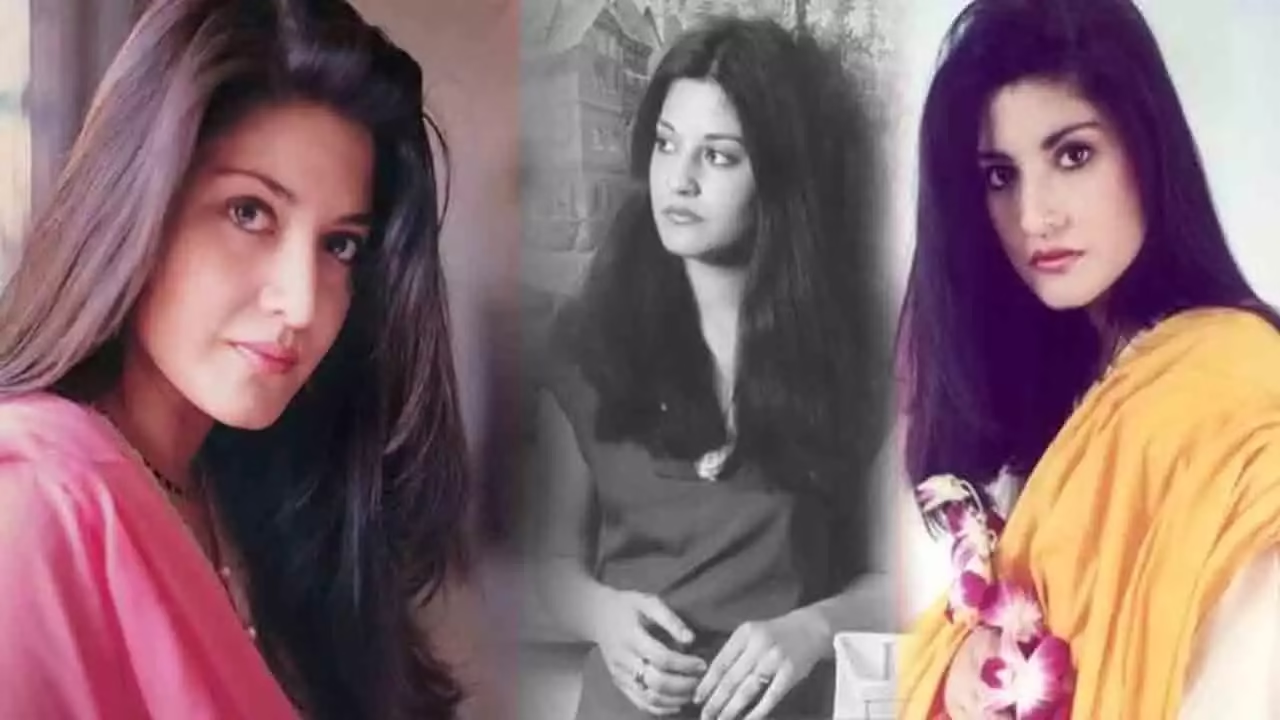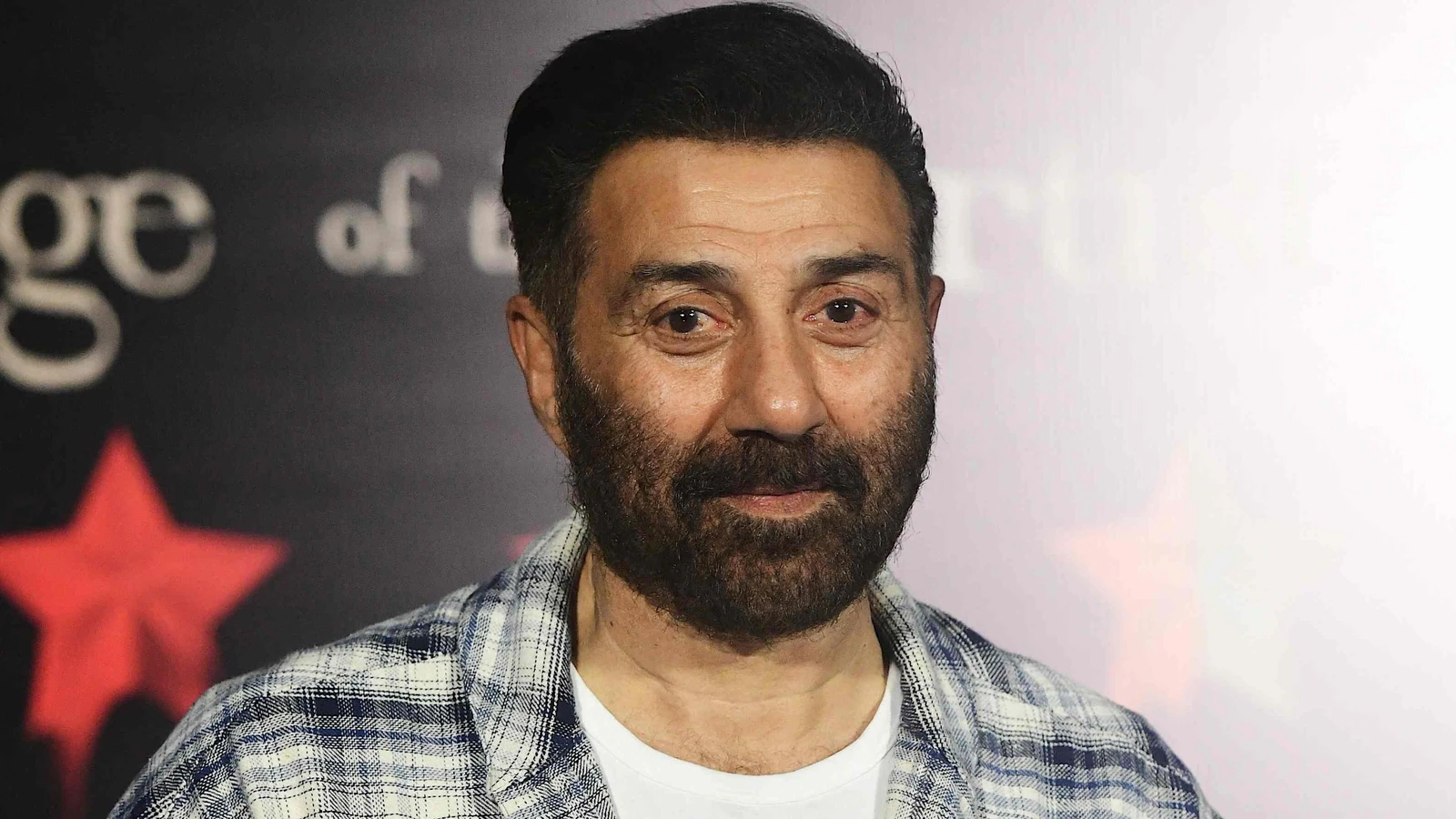In Stanley Kubrick’s Full Metal Jacket, the first female character appears midway through the film: a Vietnamese sex worker approaches U.S. troops, swiveling her hips and offering, “Me love you long time. You party?” Her brief appearance is emblematic of how women were depicted — fleetingly and often stereotypically — in many iconic Vietnam War movies.
Similarly, in Apocalypse Now, an hour into the story, a helicopter drops three Playboy Bunnies onto a stage, scantily clad and brought in to entertain the troops. Their presence, too, is momentary but memorable.
Hollywood’s Vietnam War films of the late 1970s and 1980s — directed by legends like Kubrick, Coppola, and Oliver Stone — are renowned for their raw portrayal of how war dehumanized men. Yet they rarely offered three-dimensional female characters. One notable exception was Coming Home, where Jane Fonda’s powerful performance earned her an Academy Award.
In American films, women were often used as narrative devices to highlight the soldiers’ trauma, disillusionment, or loss. Meanwhile, Vietnamese cinema often approached the war through a different lens, focusing on stories of resilient women who held families and communities together during the conflict.
Some of the key ways classic Vietnam War films incorporated female characters include:
- The Girl Waiting Back Home: Often shown through letters, photographs, or memories, symbolizing innocence lost.
- Stone’s Change of Focus: Oliver Stone occasionally shifted attention to civilians and families, acknowledging broader human suffering.
- Widows and Orphans: Depicted as collateral damage, reinforcing the devastating toll of war.
- Sex Workers and Snipers: Women portrayed either as tools of survival or as deadly threats, reflecting soldier paranoia.
- The Enemy Dehumanized: Female characters representing the “enemy” were often stripped of individuality.
- Village Extras and Playboy Bunnies: Women reduced to background scenery or spectacle, highlighting the soldiers’ alienation and objectification.
While Vietnam War films left a lasting impact on cinema, their portrayal of women often mirrored the very dehumanization they sought to critique — a contrast especially evident when compared to Vietnamese films that gave women center stage in stories of endurance, sacrifice, and strength.



